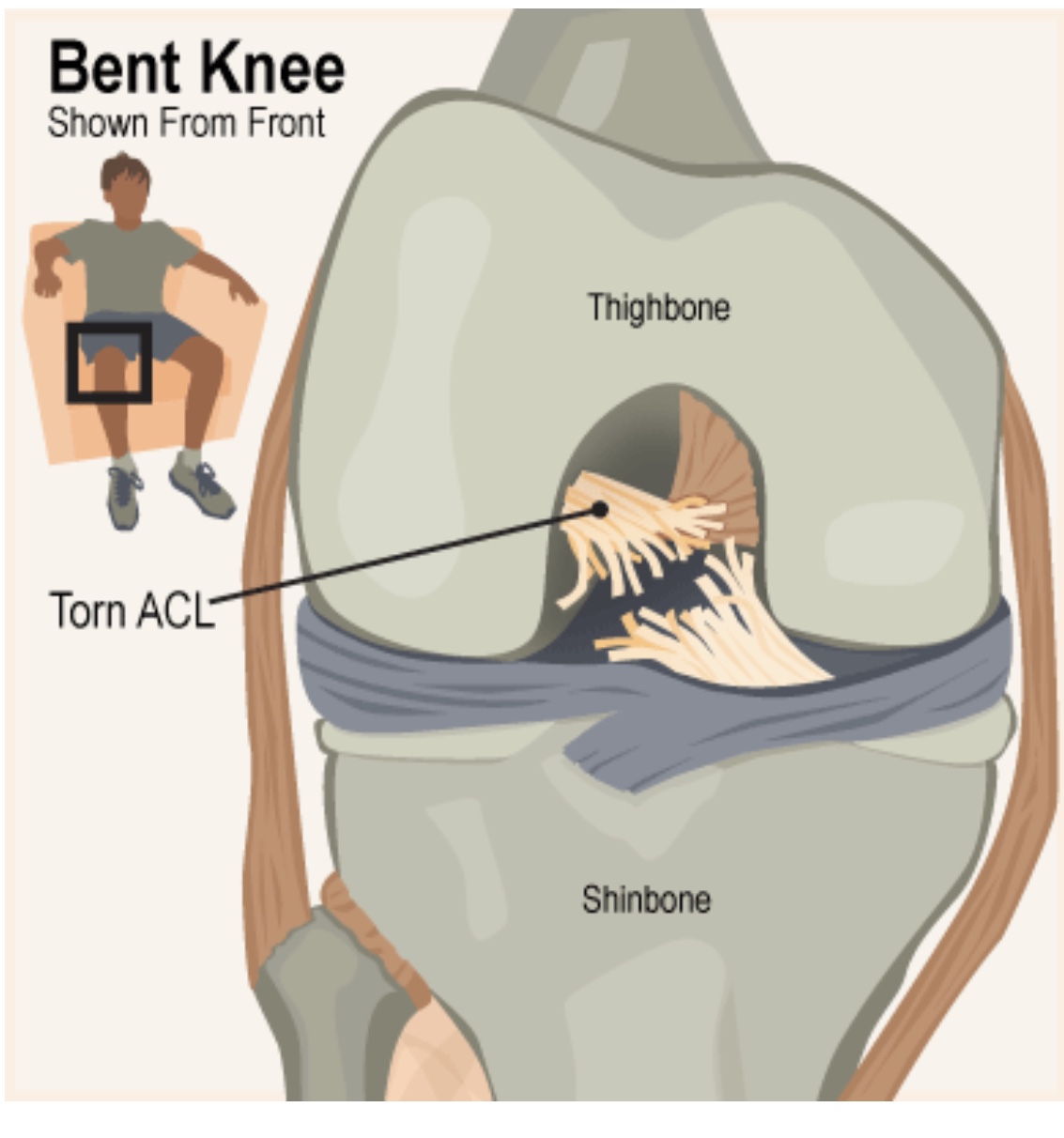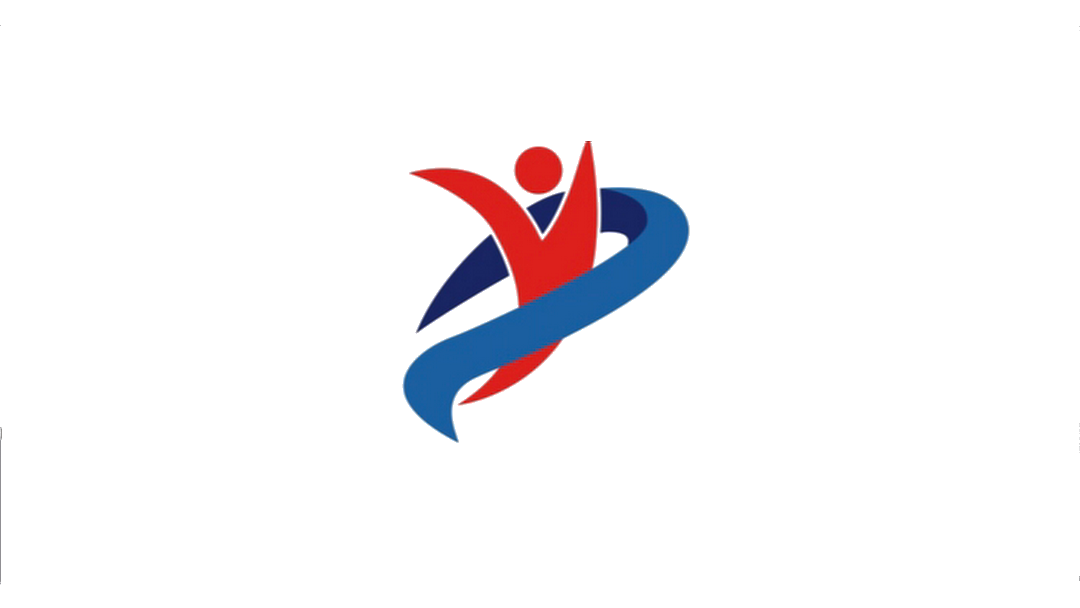 ACL (Anterior cruciate ligamant) is one of the ligaments in the knee which prevents excessive shear forces to improve stability.
ACL (Anterior cruciate ligamant) is one of the ligaments in the knee which prevents excessive shear forces to improve stability.
The most common non-contact ACL injury mechanism includes a deceleration task with knee going into excessive extension and buckling in as the body shifts over the injured knee while the foot is fixed on the playing surface. The most common contact injury mechanism is when someone tackles you, pushing your knee inwards as your body shifts over the injured knee while the foot is fixed on the ground during football, soccer or flag football.
There are three grade classification for ACL injuries, grade 1, 2, and 3. Grade 1 means you stretched out your ACL fibers.You will experience some swelling, tenderness and loss of function. No surgical intervention is needed and will heal on its own.
Grade 2 sprain occurs when fibers are partially torn. You will experience greater swelling and soreness in your knee compared to grade 1. Your knee may feel unstable due to presence of a shift. Depending on your age, activity level, fitness goals you may be a surgical candidate since grade 2 tears can progress to full tears.
 Grade 3 tears occurs when there is a full tear present. There is an immediate swelling in the joint following injury. Surgery is almost inevitable due loss of function and greater instability in the knee. Grade 3 tears are painless after swelling resolves since a torn structure has no longer connection with your brain and cannot generate pain signals.
Grade 3 tears occurs when there is a full tear present. There is an immediate swelling in the joint following injury. Surgery is almost inevitable due loss of function and greater instability in the knee. Grade 3 tears are painless after swelling resolves since a torn structure has no longer connection with your brain and cannot generate pain signals.
The risk of re-injury after ACL reconstruction surgery is 15 times greater when compared to athletes who did not sustain an ACL injury. This is mostly due to lack of full recovery post surgery. Reduction in ACL injuries in young, active individuals continues to be a major goal in sports medicine. Reduction can be done through understanding the contributing factors and patient education via ACL prevention programs.
Follow our next ACL series on the predisposing factors for an ACL injury and how to prevent them. Tune in so you do not miss on good information.
Images retrieved from : http://sporttherapysupport.com/acl-injuries-2/
